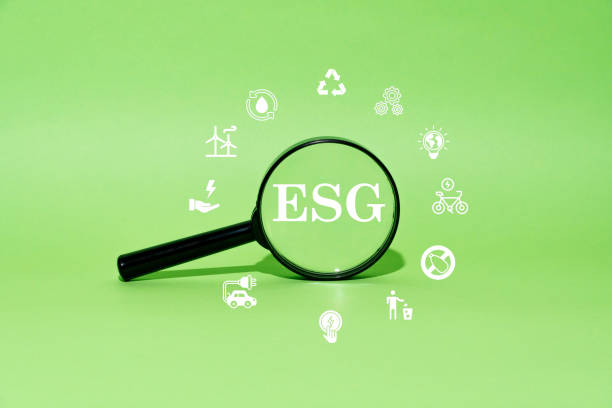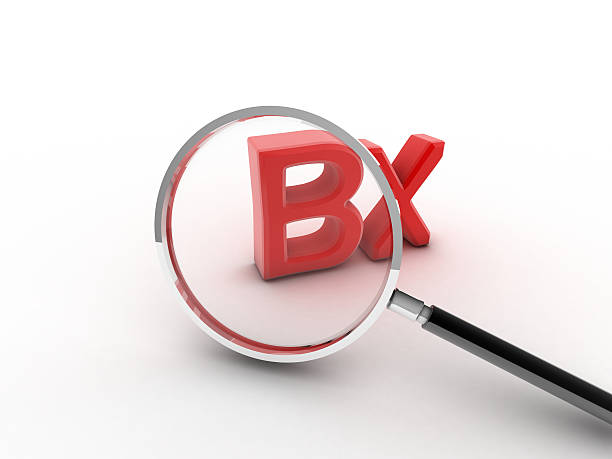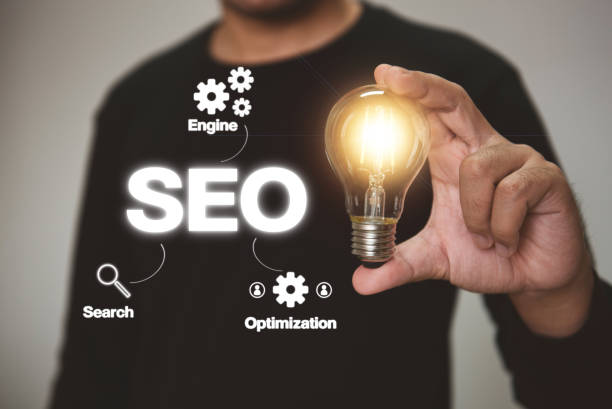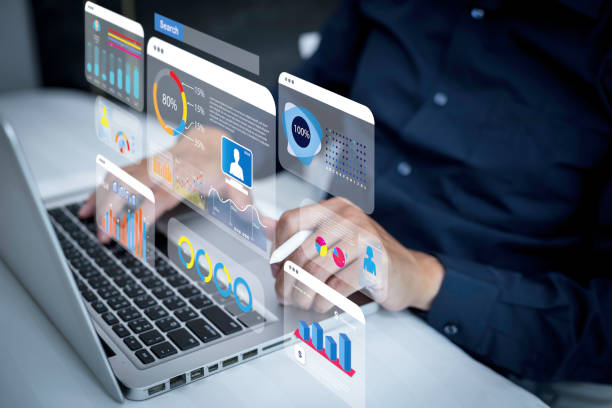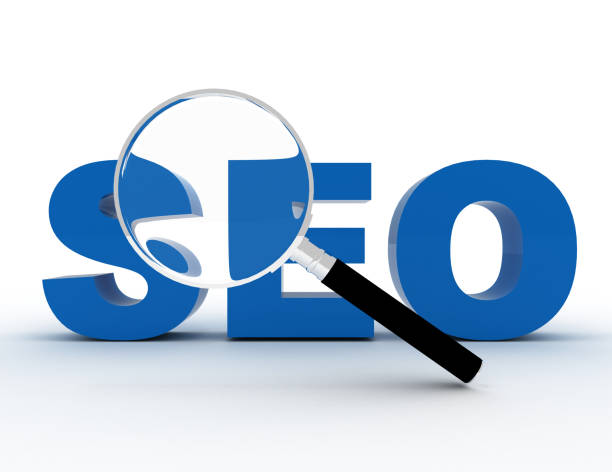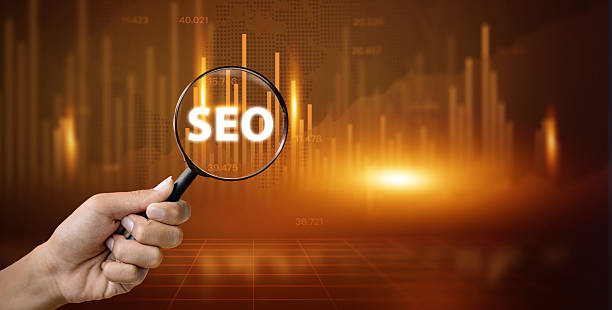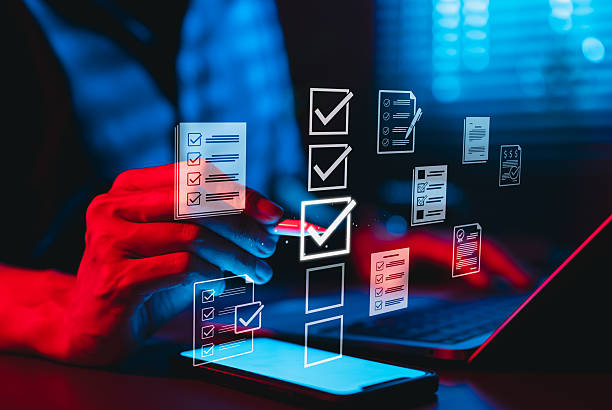What is On-Page SEO and Why is it Important?
On-Page SEO refers to the set of actions performed within your website to improve your site’s ranking in Google and other search engine results.
SEO On-Page includes optimizing content, site structure, HTML tags, and other internal factors of the website.
Unlike Off-Page SEO, which includes link building and advertising, On-Page SEO is completely under your control.
The importance of On-Page SEO lies in the fact that search engines, by reviewing your site’s content and structure, determine how relevant and valuable your site is.
By optimizing On-Page SEO, you help search engines better understand your site, which in turn improves your site’s ranking in search results.
This leads to increased organic traffic, improved user experience, and ultimately increased sales and revenue.
On-Page SEO is an ongoing process that requires continuous review and updates.
For example, as Google’s algorithms change, you may need to change your On-Page SEO strategy.
Therefore, attention to On-Page SEO should be considered an essential part of your online marketing strategy.
Research shows that 80% of customers trust companies with professional websites more. Does your current website earn this trust?
Solve the problem of customer distrust and a weak online image forever with Rasaweb’s corporate website design services!
✅ Create a professional image and increase customer trust
✅ Attract more sales leads and grow your business
⚡ Get a free consultation
Keyword Research – The First Step in On-Page SEO
Keyword Research is the first and most important step in On-Page SEO.
The purpose of keyword research is to find the words that users enter into search engines to look for information, products, or services related to your business.
Keywords should be relevant, high-search volume, and low competition.
To find the right keywords, you can use various tools such as Google Keyword Planner, Ahrefs, SEMrush, and Moz Keyword Explorer.
Click here to preview your posts with PRO themes ››
These tools help you identify search volume, competition, and related keywords.
Once you have found the right keywords, you should use them strategically in your site content.
Keywords should be used in your site’s titles, meta descriptions, body text, and images.
However, you should avoid overusing keywords (Keyword Stuffing), as this can harm your site’s ranking.
Successful On-Page SEO requires intelligent and natural use of keywords.
Content Optimization – The Beating Heart of On-Page SEO
Content Optimization is one of the most important aspects of On-Page SEO.
Your site’s content should be valuable, relevant, engaging, and unique.
Quality content keeps users on your site longer, reduces bounce rates, and increases the likelihood of content sharing.
To optimize content, you should pay attention to the following points: First, your site’s content should answer users’ questions and needs.
Second, your site’s content should be up-to-date and accurate.
Third, your site’s content should be readable and understandable.
To do this, use short paragraphs, subheadings, and images.
Fourth, your site’s content should have appropriate keywords.
Fifth, your site’s content should have internal and external links.
Internal links help users access other pages of your site, while external links to other reputable sites help increase your site’s credibility.
By optimizing content, you can improve your site’s ranking in search results and attract more traffic.
Quality content makes On-Page SEO more effective.
| Factor | Description |
|---|---|
| Relevance | Content should be relevant to keywords and user needs. |
| Quality | Content should be valuable, accurate, and error-free. |
| Readability | Content should be readable and understandable. |
| Up-to-date | Content should be up-to-date and contain new information. |
Optimizing Titles and Meta Descriptions
Title Tags and Meta Descriptions are important elements in On-Page SEO.
Titles are displayed at the top of the browser and in search results.
Meta descriptions are also displayed below the title in search results.
Titles and meta descriptions should be engaging, relevant, and keyword-rich.
Titles should not exceed 60 characters in length, and meta descriptions should not exceed 160 characters in length.
Titles and meta descriptions should be written in a way that encourages users to click on your site’s link.
By optimizing titles and meta descriptions, you can increase your site’s click-through rate (CTR) in search results and attract more traffic.
Also, titles and meta descriptions help search engines better understand your page’s topic.
On-Page SEO depends on these factors.
Are you tired of losing business opportunities due to not having a professional corporate website?
Rasaweb helps you with professional corporate website design:
✅ Build a powerful and reliable image of your brand
✅ Turn website visitors into loyal customers
⚡ Get a free consultation now!
URL Optimization – Friendly Addresses
URL Optimization is another important aspect of On-Page SEO.
The URL, or page address, should be short, readable, and keyword-rich.
The URL should not contain unnecessary characters or numbers.
The URL should be such that users and search engines can easily understand the page’s topic.
For example, an optimized URL could look like this: `www.example.com/seo-internal`.
By optimizing the URL, you can help search engines better understand your site’s structure and improve your site’s ranking in search results.
A suitable URL plays an important role in On-Page SEO.
Image Optimization – An Opportunity to Be Seen
Image Optimization is often overlooked, but it can have a significant impact on On-Page SEO.
Your site’s images should have low file sizes and high quality.
The size of the images should be such that it does not slow down your site’s loading speed.
Images should have Alt Text.
Alt text helps search engines understand the image’s topic.
Alt text should be descriptive, relevant, and keyword-rich.
By optimizing images, you can increase your site’s traffic through Google image search and improve your site’s user experience.
On-Page SEO pays special attention to this point.
Site Speed Optimization – Excellent User Experience
Site Speed Optimization is one of the important factors in On-Page SEO.
Your site’s loading speed should be fast.
Users expect your site’s pages to load in less than 3 seconds.
If your site is slow, users will leave your site, which will lead to an increase in bounce rate and a decrease in your site’s ranking in search results.
To optimize site speed, you can use various tools such as Google PageSpeed Insights and GTmetrix.
These tools help you identify your site speed problems and find appropriate solutions to fix them.
On-Page SEO places great importance on improving site speed.
| Factor Affecting Site Speed | Improvement Solution |
|---|---|
| Image Size | Optimizing and compressing images |
| Code | Reducing the size of CSS and JavaScript files |
| Hosting | Using high-quality and high-speed hosting |
| Cache | Enabling browser and server cache |
Mobile Optimization – The Importance of Mobile Users
Mobile Optimization is one of the most important factors in On-Page SEO.
Today, most users access the internet via mobile.
Therefore, your site should be optimized for mobile.
Your site should be Responsive, meaning that your site should automatically adapt to the screen size of the user’s device.
Your site should have a simple and user-friendly design.
Your site’s loading speed on mobile should be fast.
Google gives higher rankings to sites that are optimized for mobile.
By optimizing mobile, you can improve your site’s user experience and attract more traffic.
On-Page SEO is based on this.
Are you tired of losing business opportunities due to not having a professional corporate website?
Rasaweb helps you with professional corporate website design:
✅ Build a powerful and reliable image of your brand
✅ Turn website visitors into loyal customers
⚡ Get a free consultation now!
Site Structure and Internal Linking
Site Structure and Internal Linking play an important role in On-Page SEO.
Your site’s structure should be logical and organized.
Users and search engines should be able to easily navigate your site and access the pages they want.
Internal linking means linking to other pages of your site.
Internal linking helps users access related pages and helps search engines better understand your site’s structure.
Internal links should be relevant and meaningful.
By optimizing site structure and internal linking, you can improve your site’s user experience and increase your site’s ranking in search results.
Internal linking is one of the important factors in On-Page SEO.
Monitoring and Measuring On-Page SEO Results
Monitoring and measuring On-Page SEO results is very important.
You should continuously monitor your site’s performance and measure the results of your SEO efforts.
For this purpose, you can use various tools such as Google Analytics and Google Search Console.
Google Analytics helps you check your site’s traffic, analyze user behavior, and measure conversion rates.
Google Search Console helps you check your site’s performance in search results, identify site errors, and register your site map.
By monitoring and measuring SEO results, you can improve your SEO strategy and achieve better results.
On-Page SEO is an ongoing process that requires continuous review and updates.
Optimizing On-Page SEO requires planning and continuous effort.
Website On-Page SEO is one of the most important ranking factors in Google.
Improving On-Page SEO can lead to an increase in your site’s ranking in search engines.
Frequently Asked Questions
| Question | Answer |
|---|---|
| What is a Meta Title and why is it important in On-Page SEO? | The meta title is the most important element of On-Page SEO, which is displayed at the top of the browser tab and in search results. This title helps search engines and users understand the main topic of the page and should include the main keyword. |
| What role does the Meta Description play in On-Page SEO? | The meta description is a short summary of the page’s content that is displayed below the title in search results. Although it does not directly affect ranking, its attractiveness can increase click-through rate (CTR). |
| How should keywords be used in the page’s content? | Keywords should be used naturally and relevantly in strategic locations such as the title, headings, first paragraph, and body text. Avoid over-stuffing keywords (Keyword Stuffing). |
| What is the importance of high-quality and comprehensive content in On-Page SEO? | High-quality, unique, informative, and comprehensive content that meets the user’s needs is of great importance. Search engines give higher rankings to content that creates real value. |
| What is the use of heading tags (H1-H6) in On-Page SEO structure? | Heading tags (H1, H2, H3, etc.) are used to structure content and specify the importance of different sections. H1 is the main title of the page, and each page should have only one H1. Other tags are used for subheadings. |
| How to optimize images to improve On-Page SEO? | To optimize images, use descriptive Alt Text that includes relevant keywords, reduce the image file size without losing quality, and use meaningful and relevant file names. |
| What are the features of a SEO-friendly URL? | A SEO-friendly URL should be short, readable, descriptive, include main keywords, and have no extra characters. The URL structure should be hierarchical and logical to be understandable for both users and search engines. |
| How does internal linking help On-Page SEO? | Internal linking, by connecting related pages, helps users and search engine crawlers better understand the site’s structure, transfers page credibility, and increases the time a user spends on the site. |
| What is the impact of page loading speed on On-Page SEO? | High loading speed is critical for both user experience and SEO ranking. Slower pages may be ignored by search engines and lead to increased Bounce Rate. |
| Why is Mobile-Friendliness so important in On-Page SEO? | Given the increasing number of searches via mobile devices, having a responsive and mobile-friendly site is essential for user experience and ranking in search results (Google’s mobile-first indexing). |
And other services of Rasa Web advertising agency in the field of advertising
Smart Conversion Rate Optimization: Designed for businesses looking for online growth through custom programming.
Smart Marketing Automation: A creative platform for improving customer acquisition with custom programming.
Smart Website Development: A professional solution for attracting customers with a focus on using real data.
Smart Data Analysis: A fast and efficient solution for increasing sales with a focus on designing an attractive user interface.
Smart Conversion Rate Optimization: Designed for businesses looking for online growth through user experience customization.
And over hundreds of other services in the field of internet advertising, advertising consulting, and organizational solutions
Internet Advertising | Advertising Strategy | Advertorial
Resources
SEO Audit
,What is On-Page SEO?
,What is SEO?
,On-Page SEO
? Are you ready to transform your business in the digital world? Rasaweb Afrin, a leading digital marketing agency, with expertise in digital marketing and WordPress website design, provides comprehensive solutions for your growth, visibility, and sustainable success. With us, experience a powerful presence in the online space.
📍 Tehran, Mirdamad Street, next to Central Bank, South Kazerun Alley, Ramin Alley, No. 6



